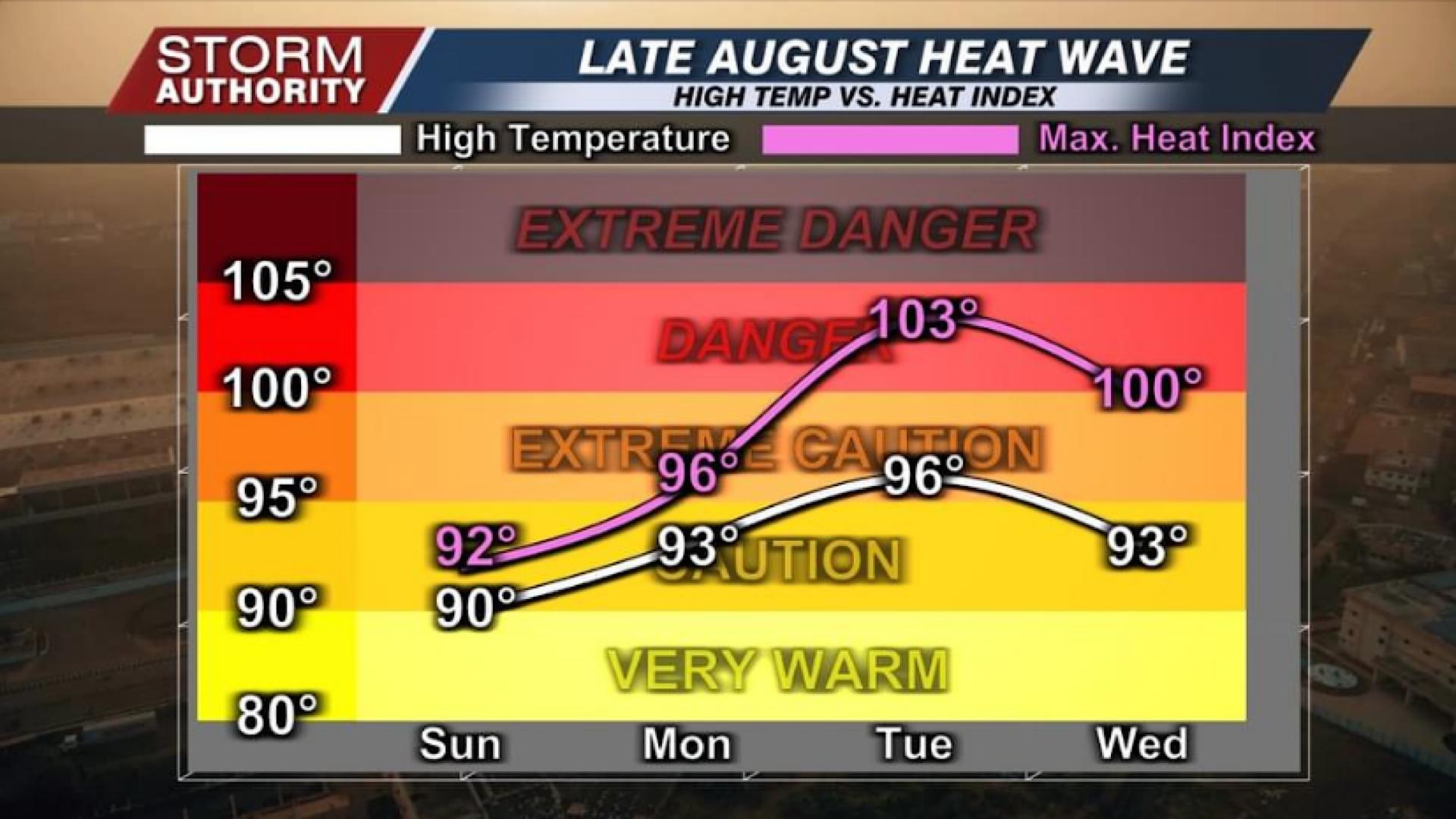August 2024 marked a significant chapter in the ongoing narrative of climate extremes in the United States, as a powerful heat wave swept across the nation, bringing with it record-breaking temperatures and widespread discomfort. From the sweltering plains of Texas to the bustling streets of New York City, millions of Americans found themselves grappling with the oppressive heat that seemed to linger endlessly. This event not only tested the resilience of communities but also highlighted the urgent need for awareness and preparedness in the face of increasingly frequent and severe weather phenomena.
As temperatures soared to alarming heights, health officials warned of the dangers associated with prolonged exposure to extreme heat, particularly for vulnerable populations. The heat wave served as a stark reminder of the intersection between climate change and public health, prompting discussions about the long-term implications of such weather patterns. In this blog, we will explore the effects of the August heat wave, its impact on health and communities, and the broader implications for our climate and future preparedness. Join us as we delve into the stories, statistics, and strategies that emerged from this intense weather event.
Tips for Staying Safe in Extreme Heat
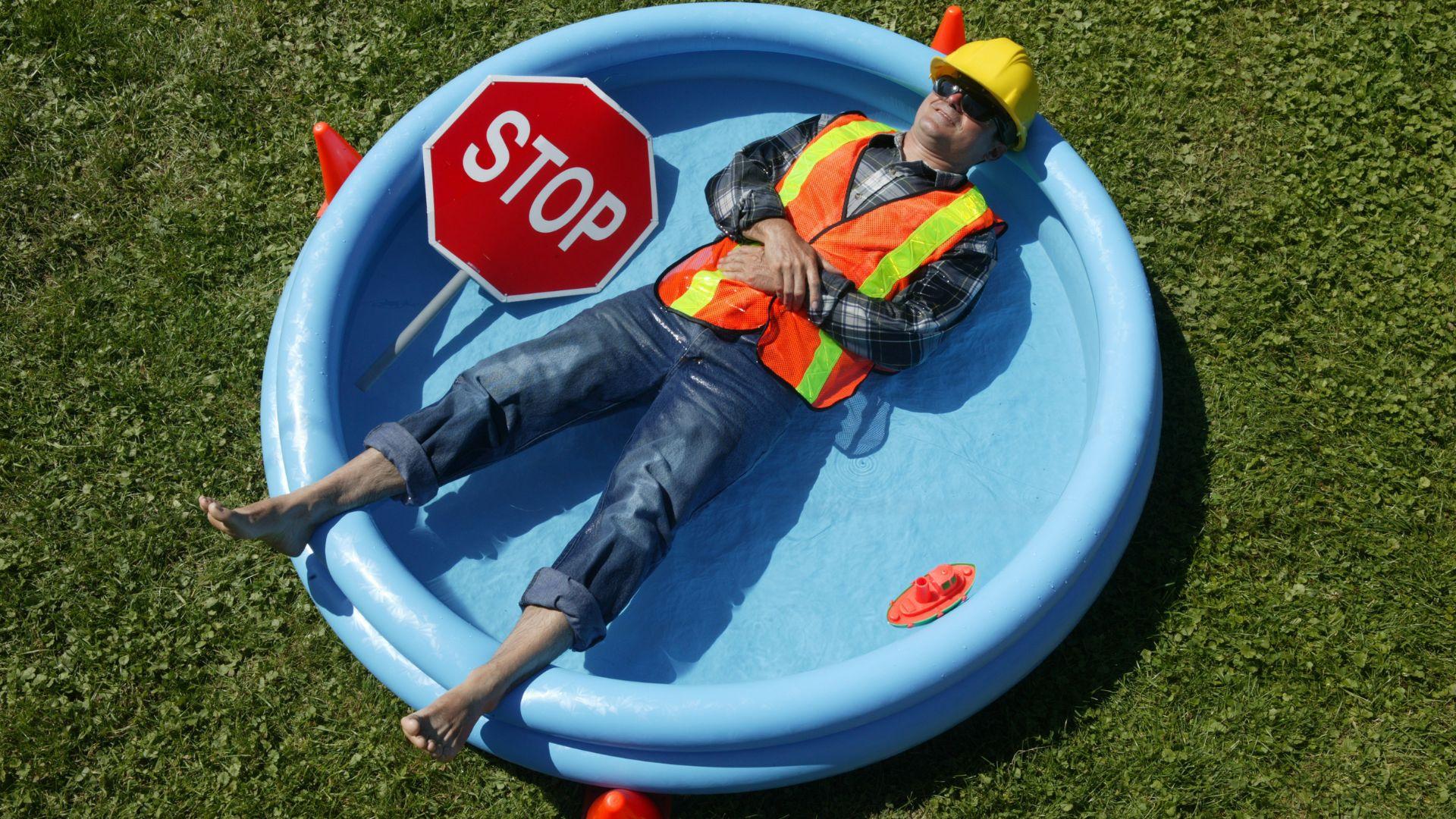
Staying safe during extreme heat requires proactive measures to prevent heat-related illnesses. Hydration is crucial; drinking water regularly, even if not thirsty, helps maintain body temperature and prevent dehydration. Wearing lightweight, light-colored, and loose-fitting clothing can minimize heat absorption.
Seeking shade or air-conditioned environments during peak heat hours reduces exposure. It’s also important to limit strenuous activities and take frequent breaks if working outdoors. Using fans or taking cool showers can help lower body temperature. These strategies are essential for maintaining health and safety during heat waves.
The Science of Heat Stress
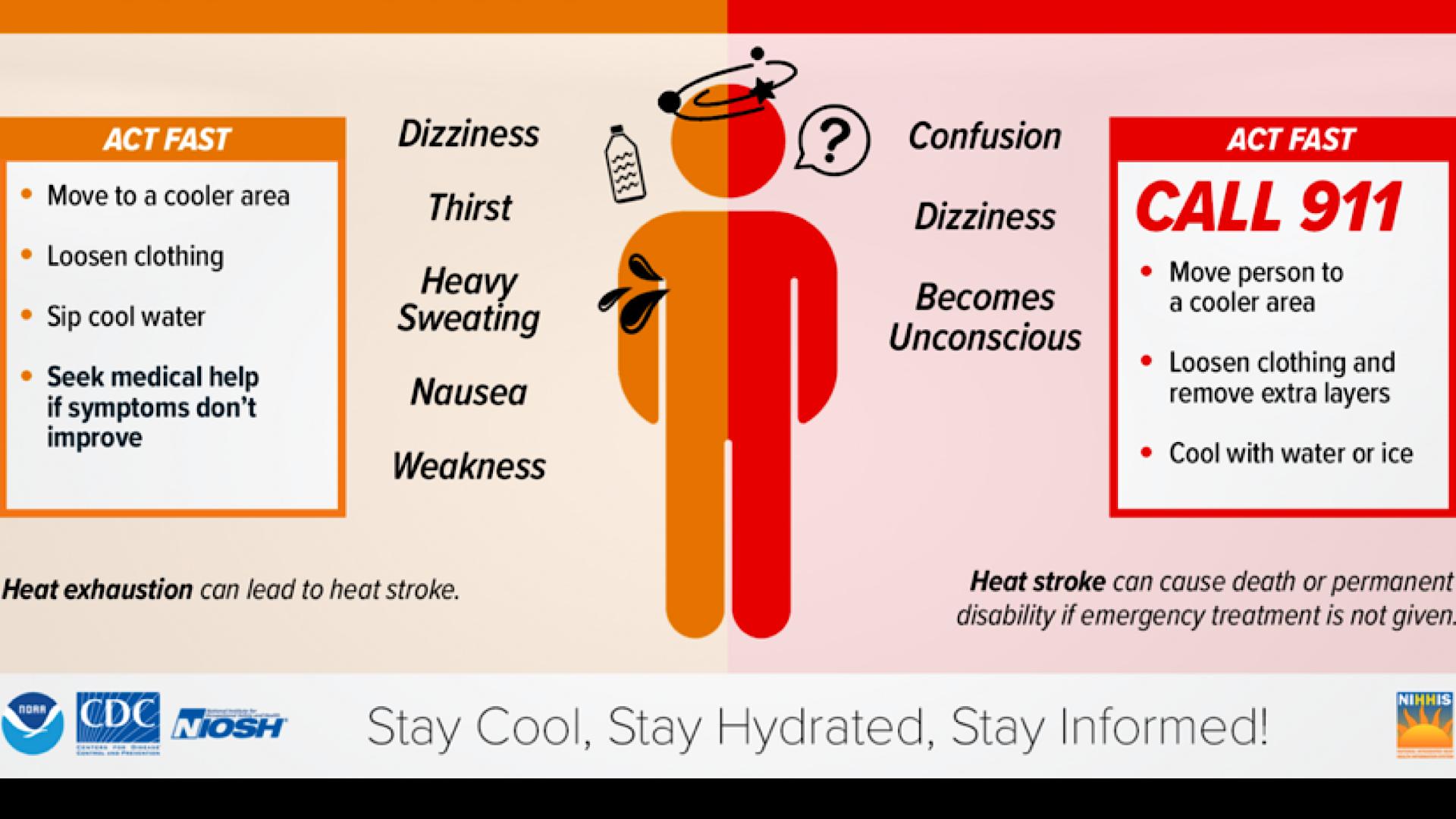
Heat stress occurs when the body cannot dissipate excess heat, leading to increased core temperature and heart rate. This physiological strain can cause symptoms like irritability, concentration loss, and in severe cases, fainting or heat stroke.
Factors contributing to heat stress include high temperatures, humidity, and physical exertion. The body’s response involves vasodilation, where blood flow increases to the skin to release heat, but this can strain the cardiovascular system. Understanding these mechanisms is vital for developing effective prevention and intervention strategies to mitigate heat-related health risks.
Vulnerable Populations

Certain populations are more susceptible to heat-related illnesses due to various factors. The elderly, young children, and individuals with chronic health conditions are at higher risk because their bodies may struggle to regulate temperature effectively. Low-income communities often face additional challenges, such as limited access to air conditioning or cooling centers.
Outdoor workers, like construction and agricultural laborers, are also vulnerable due to prolonged heat exposure during work hours. Tailored interventions, such as targeted public health campaigns and accessible cooling resources, are crucial to protect these groups during heat waves.
The Role of Climate Change
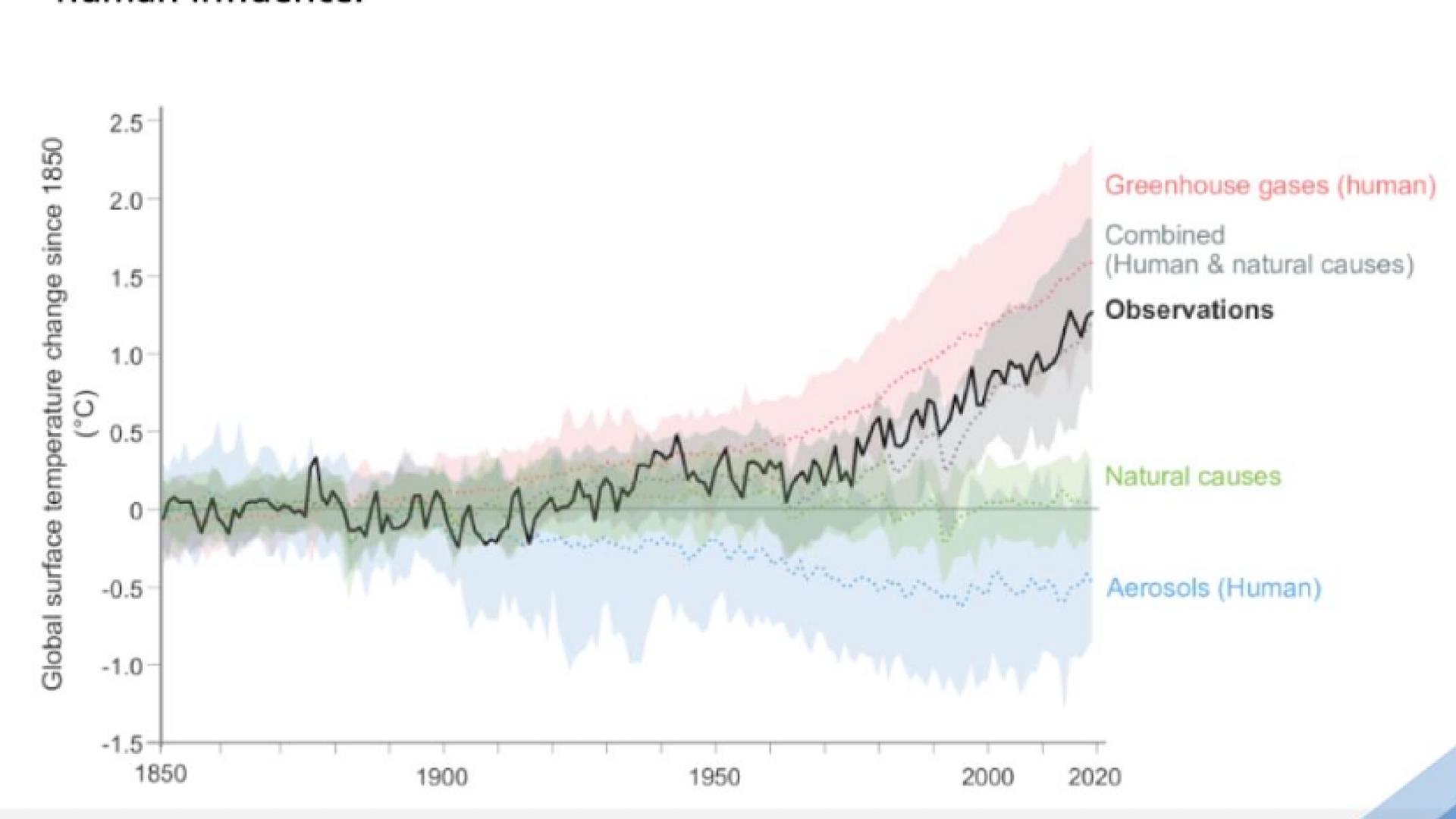
Climate change is intensifying the frequency and severity of heat waves globally. Rising greenhouse gas emissions contribute to higher average temperatures and more extreme weather events. As a result, heat waves are becoming longer and more intense, posing significant health risks.
This trend is expected to continue, with projections indicating increased heat-related morbidity and mortality. Addressing climate change through mitigation efforts, such as reducing emissions and enhancing urban planning, is essential to curb the impact of extreme heat on human health and the environment.
Urban Heat Islands
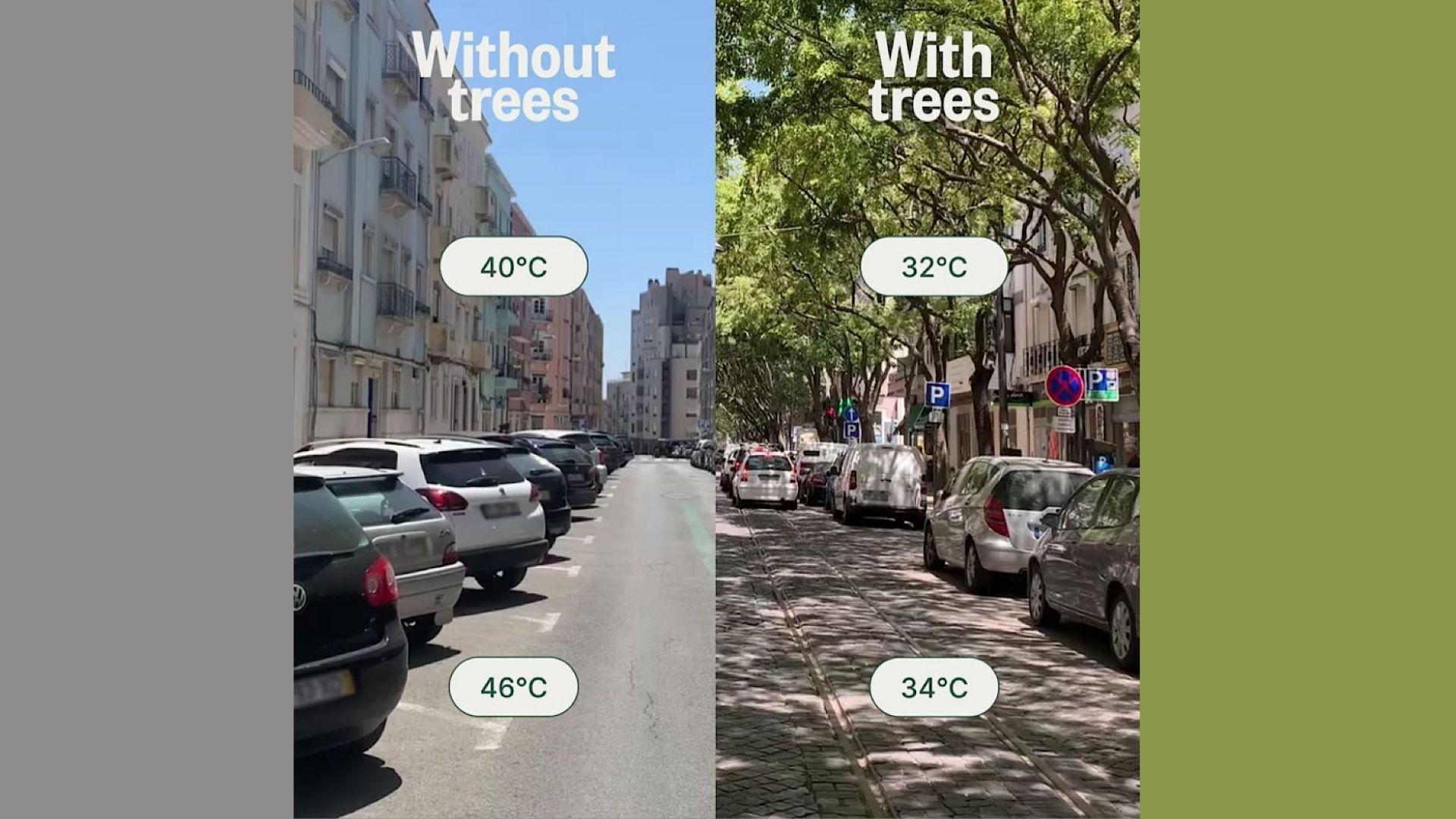
Urban heat islands (UHIs) occur when cities experience higher temperatures than surrounding rural areas due to human activities and infrastructure. Concrete, asphalt, and buildings absorb and retain heat, exacerbating temperature rises. UHIs can intensify the effects of heat waves, leading to increased energy consumption, air pollution, and health risks.
Mitigation strategies include increasing green spaces, using reflective building materials, and enhancing urban planning to improve air flow. Addressing UHIs is crucial for reducing the impact of heat waves on urban populations and improving overall city livability.
Emergency Preparedness for Heat Waves
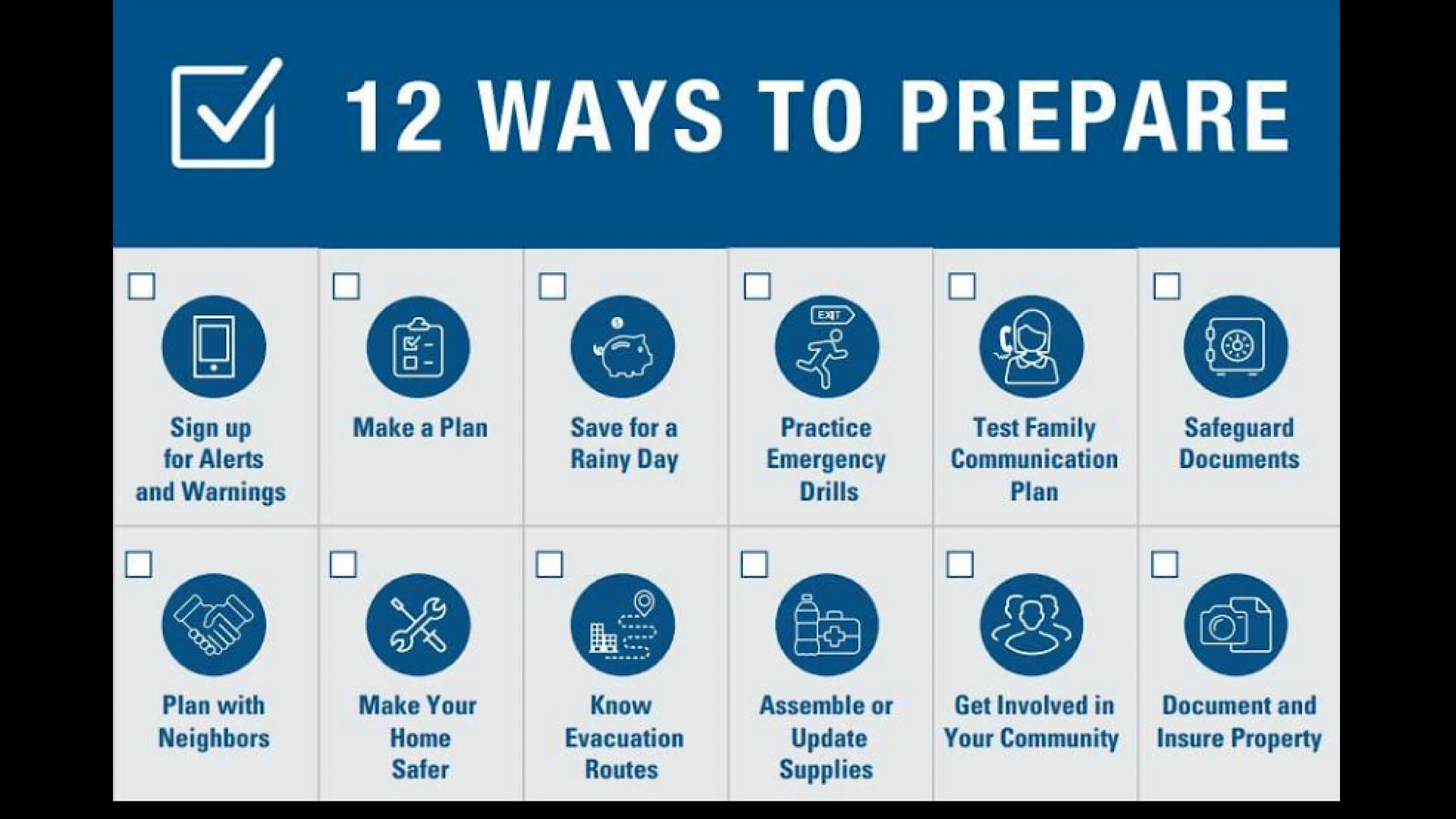
Emergency preparedness for heat waves involves developing comprehensive plans at both individual and community levels. Local authorities should establish early warning systems to alert residents about impending extreme heat events. These systems can include public announcements, text alerts, and social media updates. Communities should also designate and equip cooling centers, such as libraries or community centers, where vulnerable populations can seek relief. It’s crucial to have emergency response teams ready to assist those most at risk, including the elderly and individuals with pre-existing health conditions.
On an individual level, preparedness includes creating an emergency kit with essentials like water, non-perishable food, and any necessary medications. Families should develop a communication plan and identify a cool place to go if their home loses power. It’s also important to learn about local resources and emergency services available during heat waves. Preparing homes by checking air conditioning systems, installing window reflectors, and ensuring proper insulation can help mitigate the effects of extreme heat.
Public Health Strategies
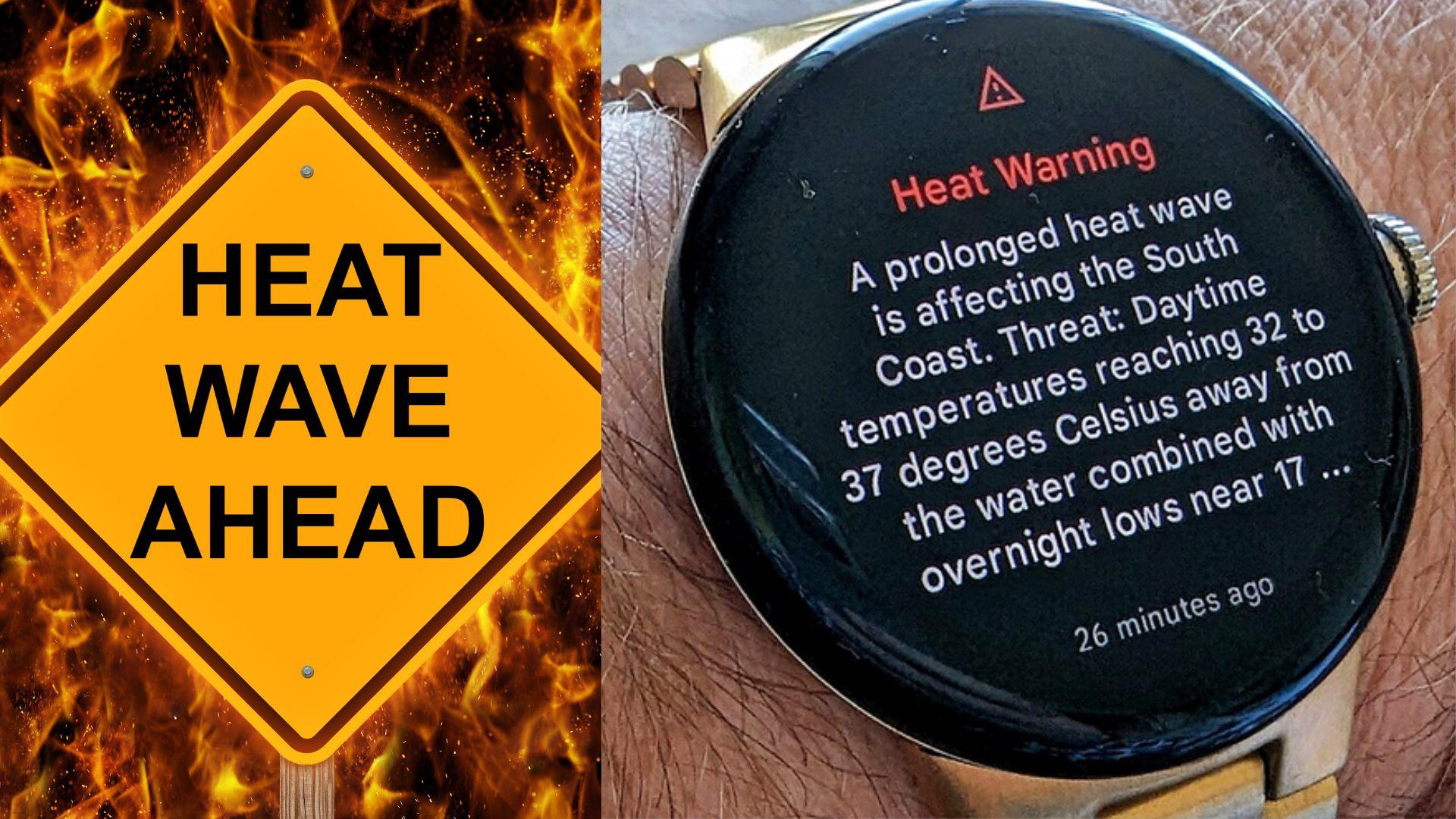
Public health strategies for heat waves focus on prevention, education, and targeted interventions. Health departments often implement surveillance systems to monitor heat-related illnesses and deaths, allowing for rapid response to emerging health threats. Public education campaigns are crucial, providing information on recognizing heat-related illnesses, staying hydrated, and avoiding outdoor activities during peak heat hours. These campaigns should be multilingual and accessible to reach diverse populations.
Collaboration between health departments, emergency services, and community organizations is essential for effective public health strategies. This can include establishing buddy systems to check on vulnerable individuals, providing transportation to cooling centers, and distributing fans or air conditioners to those in need. Some cities have implemented cool pavement programs or increased urban green spaces to reduce overall temperatures. Public health officials also work with workplaces to ensure safe conditions for outdoor workers during extreme heat events.
Economic Impact of Heat Waves
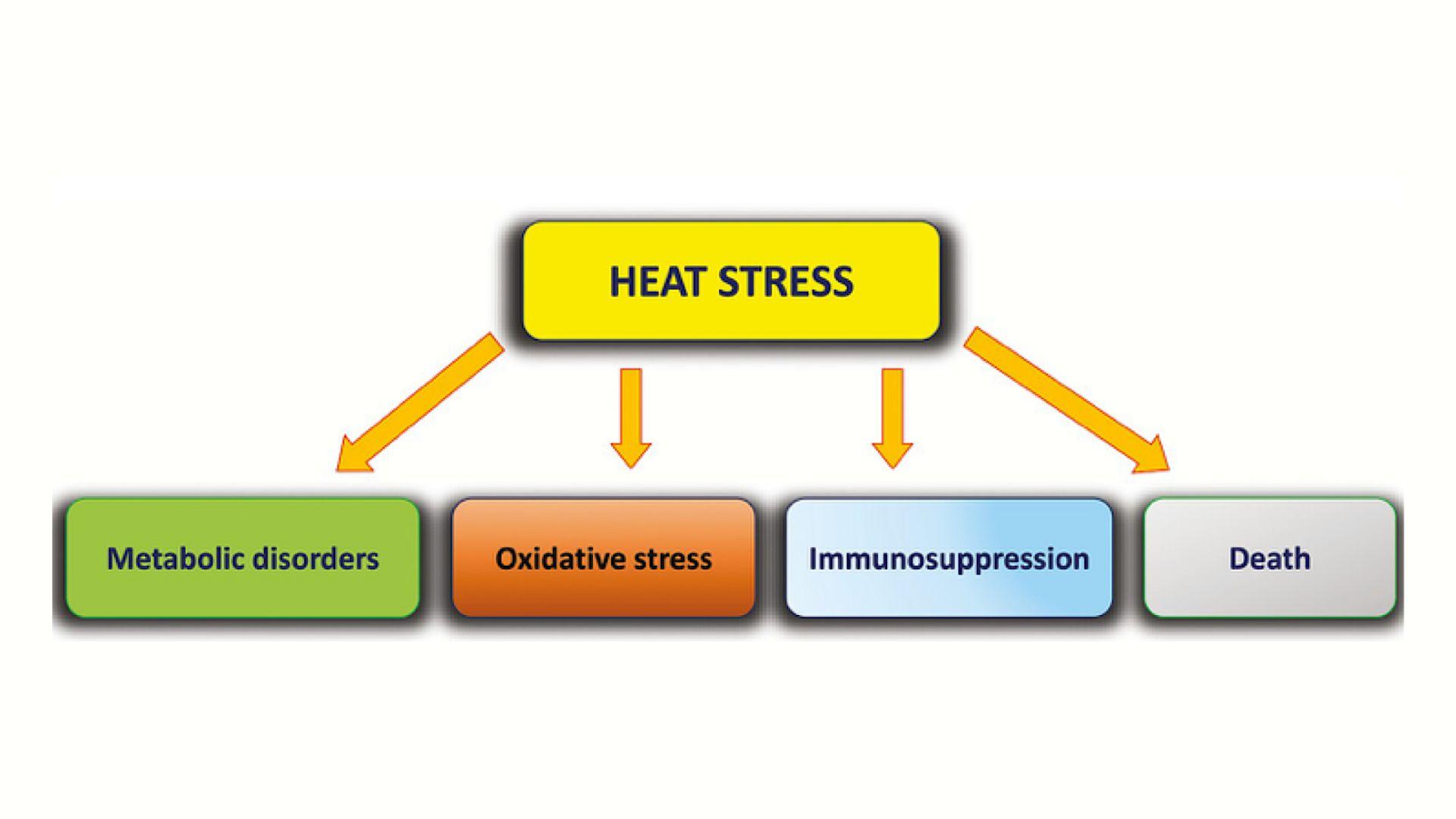
Heat waves can have significant economic repercussions across various sectors. In agriculture, extreme heat can damage crops, reduce livestock productivity, and increase irrigation needs, leading to higher food prices and potential supply chain disruptions. The energy sector often experiences strain due to increased demand for air conditioning, potentially resulting in power outages and higher utility costs for consumers. Labor productivity can decline, particularly in outdoor industries like construction and agriculture, as workers may need to reduce hours or take more breaks to avoid heat-related illnesses.
The healthcare system also faces economic challenges during heat waves, with increased emergency room visits and hospitalizations straining resources. Additionally, infrastructure can be affected, with roads buckling, railway tracks warping, and air travel disrupted due to extreme temperatures. These impacts can lead to repair costs and economic losses from transportation delays. The tourism industry may suffer in regions where extreme heat makes popular destinations less appealing. Overall, the economic toll of heat waves can be substantial, affecting both local economies and national productivity.
Surviving the Heat Wave

Surviving a heat wave requires a combination of practical strategies and awareness. Staying hydrated is crucial; experts recommend drinking water regularly, even before feeling thirsty. Creating a cool environment at home by using air conditioning, fans, and closing blinds during the day can significantly reduce heat exposure. If home cooling isn’t adequate, seeking relief in air-conditioned public spaces like libraries or shopping centers is advisable. Wearing lightweight, light-colored clothing and limiting outdoor activities, especially during the hottest parts of the day, are essential practices.
It’s important to recognize the signs of heat-related illnesses, such as heat exhaustion and heat stroke. Symptoms like dizziness, headache, and rapid heartbeat should prompt immediate action to cool down and seek medical attention if necessary. Checking on vulnerable friends, family members, and neighbors is a critical community practice during heat waves. For those who must work outdoors, taking frequent breaks in shaded or air-conditioned areas and maintaining proper hydration is vital. By following these guidelines and staying informed about local heat advisories, individuals can significantly improve their chances of safely weathering extreme heat events.

